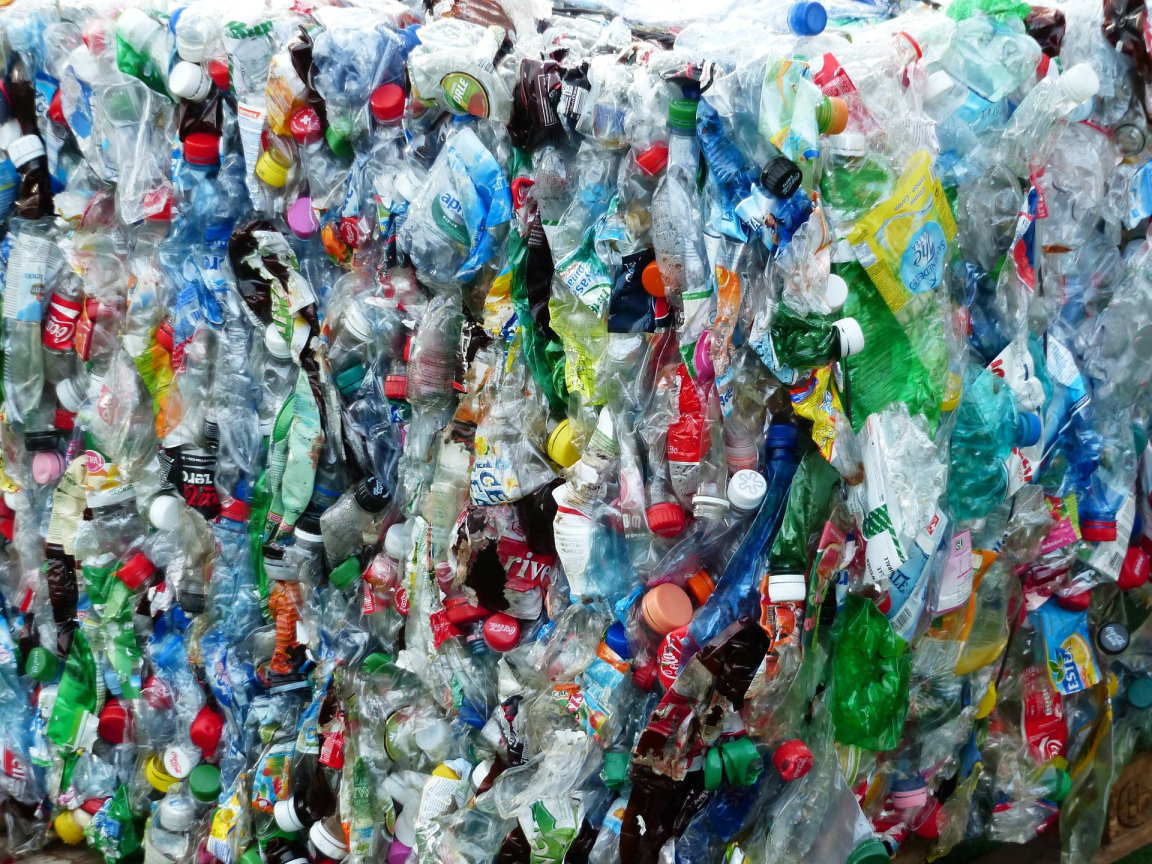5 things you should know about bioplastics.

Continuing with the theme of celebrating our community is a piece by Carly Fletcher, research associate at Manchester Metropolitan University and leader of the BIOPLASTICS EUROPE project, which explores the safety and sustainability of biobased and biodegradable plastics.
Her research interests focus on the waste management policy, the transition to the circular economy, the development of the bioeconomy, and sustainable business models.
Here, she shares the top 5 things you should know about bioplastics.
Plastics are an essential part of everyday life, and as a society we have found ourselves completely dependent on them. From the humble biro to the most sophisticated electronic gadget, plastic is utilised across many industries. Their extensive use is due to their advantages; adaptability, flexibility, and strength make them useful in various situations and at a relatively inexpensive cost they are widely available.
However, these advantages come at a high price. Our dependence on fossil fuels within plastic manufacturing (both as feedstock and for energy use) has a direct impact on the climate and plastic pollution is detrimental to the natural environment.
Addressing these issues, “bioplastics” have been acknowledged as potential substitutes. The BIO-PLASTICS EUROPE project recognises the growing awareness for these alternatives and seeks to develop sustainable strategies across the value chain. Current research highlights a lot of confusion – particularly concerning terminology, suitability, and sustainability. To help de-mystify the topic, the BIO-PLASTICS EUROPE consortium presents five things you should know about “bioplastics”.
1. “Bioplastics” are not a silver bullet in the fight against plastic pollution.
"Bioplastics" cannot solve the plastic pollution problem on their own, where reducing material consumption is actually the key. But they can contribute to a more sustainable world by decoupling production from fossil resources, utilising recycled content and creating additional waste management routes (e.g., composting). However, this should be achieved in a system that seeks to reduce overall material consumption, encourages smarter use through design and makes products last longer through reuse and repair.
2. “Bioplastic” does not refer to one type of material.
Steel, copper and gold are all metals; however, their different properties make them appropriate for different applications (24-carat can of baked-beans anyone?). Similarly, “bioplastics” describes a group of materials that includes biodegradable fossil-based plastics, biodegradable bio-based plastics, and non-biodegradable bio-based plastics. Untangling the bio-what’s from the bio-who’s requires the appreciation of the following points.
First, what raw material is being utilised? “Bioplastics” can be fossil-based or bio-based. If a plastic is bio-based, the raw material (or feedstock) comes from a biological source, such as traditional food / feed crops (first generation). However, this can create competition for resources. Second generation feedstocks negate this issue by using agricultural residues and non-edible by-products. And third generation feedstocks isolate production from agriculture completely, utilising algae and non-agricultural wastes.
Second, biodegradability is a characteristic independent of feedstock. A plastic is biodegradable if it can be broken down and converted into natural substances via the action of enzymes and microbes. Biodegradable plastics can be either fossil-based or bio-based. Here, it is important to note that biodegradability is not always a preferred characteristic. Indeed, biodegradability works best when the product is difficult to separate at end of use and is already in contact with organic material (e.g., food contaminated packaging, agricultural films, etc.).
Finally, while a plastic can be described as both bio-based and biodegradable, the terms are not interchangeable, as the first refers to feedstock and the latter describes a characteristic.
3. Should “bioplastics” be recycled or composted?
Sustainable waste management should always follow the waste hierarchy (Reduce > Reuse > Recycle > Recover). But with respect to waste management, not all “bioplastics” are created equal. Some bio-based plastics (mainly “drop-in” plastics) can utilise existing recycling infrastructure. Thereby reducing consumption of resources and feedstock cultivation (win-win). However, new infrastructure is often required for (mostly innovative) materials that cannot utilise established waste streams. Similarly, only biodegradable plastics that biodegrade under specific conditions (e.g., certain temperature and timeframe) are compostable, with differences between home and industrially compostable.
4. Overcoming the (greenwash) sins of the past.
Bio-based plastics are rarely 100% bio-based, but can a plastic only 10-20% bio-based be more sustainable? In the past, such observations have led to accusations of greenwash. But the short answer is yes. Afterall, it is the avoided emissions that count, not the percentage of bio-based content. But how do we compare fossil and bio-based plastics in terms of avoided emissions. Here, clear messaging is paramount and should be based on reliable data that acknowledges the entire value chain (from feedstock generation to optimal waste management). Another key message is that biodegradable plastics do not belong in the environment, indeed littering these materials will only exacerbate the problem of plastic pollution.
5. The future’s bright… the future’s green.
With the market for bio-based, biodegradable, and compostable plastics predicted to grow, it seems that “bioplastics” are here to stay. Trends in EU policy are paying more attention to these materials (e.g., within the Green Deal) and new legislation specific to bio-based, biodegradable, and compostable plastics must be considered. Furthermore, advocates of sustainable development and the circular economy; the United Nations and the Ellen MacArthur Foundation, are also starting to acknowledge these materials in their own initiatives.




